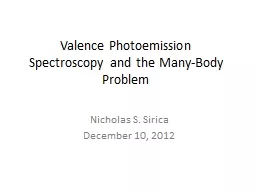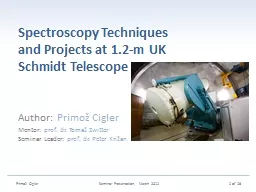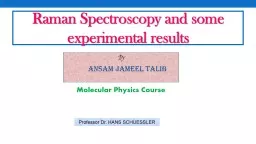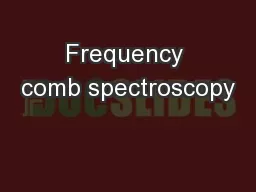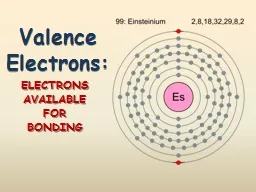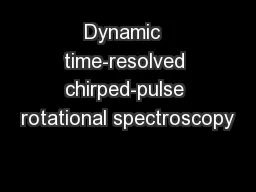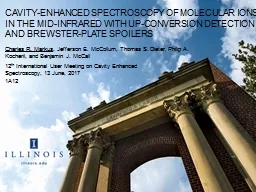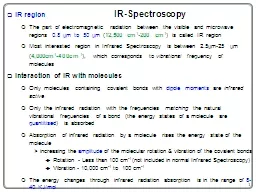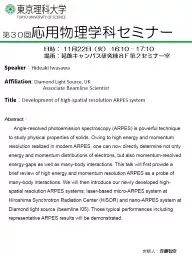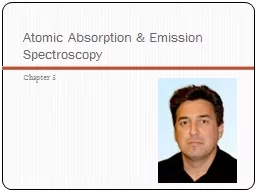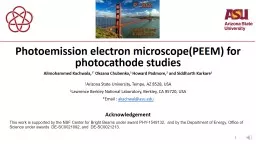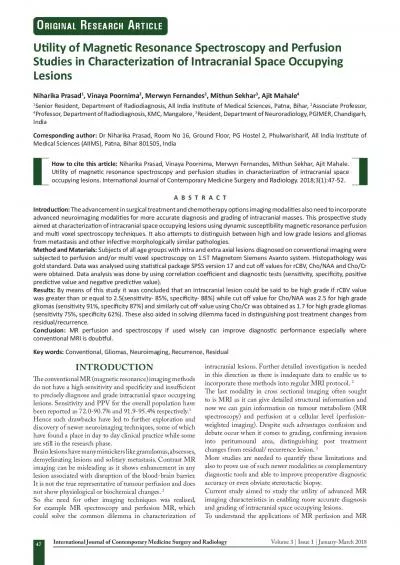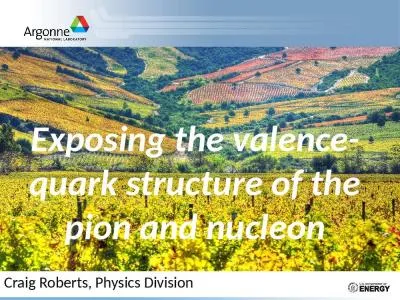PPT-Valence Photoemission Spectroscopy and the Many-Body Problem
Author : jane-oiler | Published Date : 2018-02-21
Nicholas S Sirica December 10 2012 The Propagator within ManyBody Physical Interpretation Probability Amplitude How is a transition possible Interactions Mix States
Presentation Embed Code
Download Presentation
Download Presentation The PPT/PDF document "Valence Photoemission Spectroscopy and t..." is the property of its rightful owner. Permission is granted to download and print the materials on this website for personal, non-commercial use only, and to display it on your personal computer provided you do not modify the materials and that you retain all copyright notices contained in the materials. By downloading content from our website, you accept the terms of this agreement.
Valence Photoemission Spectroscopy and the Many-Body Problem: Transcript
Download Rules Of Document
"Valence Photoemission Spectroscopy and the Many-Body Problem"The content belongs to its owner. You may download and print it for personal use, without modification, and keep all copyright notices. By downloading, you agree to these terms.
Related Documents

